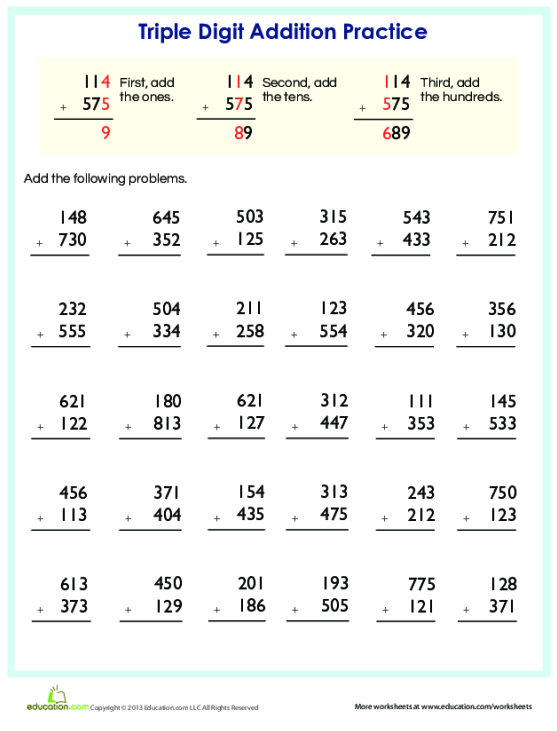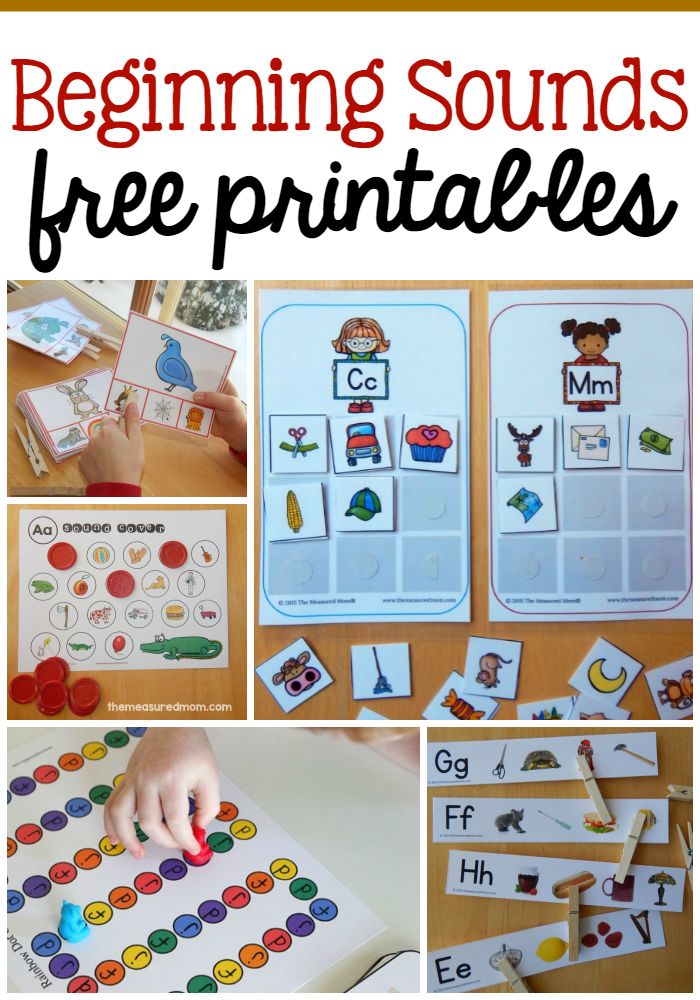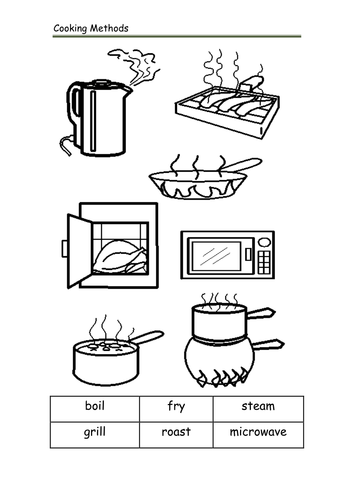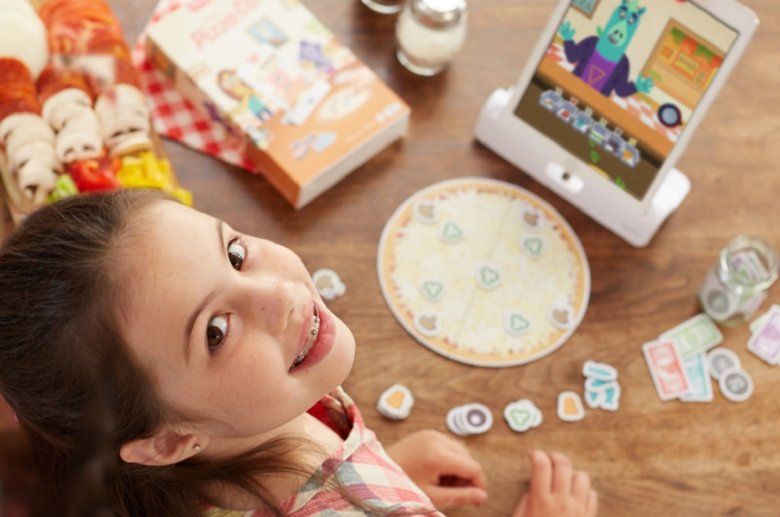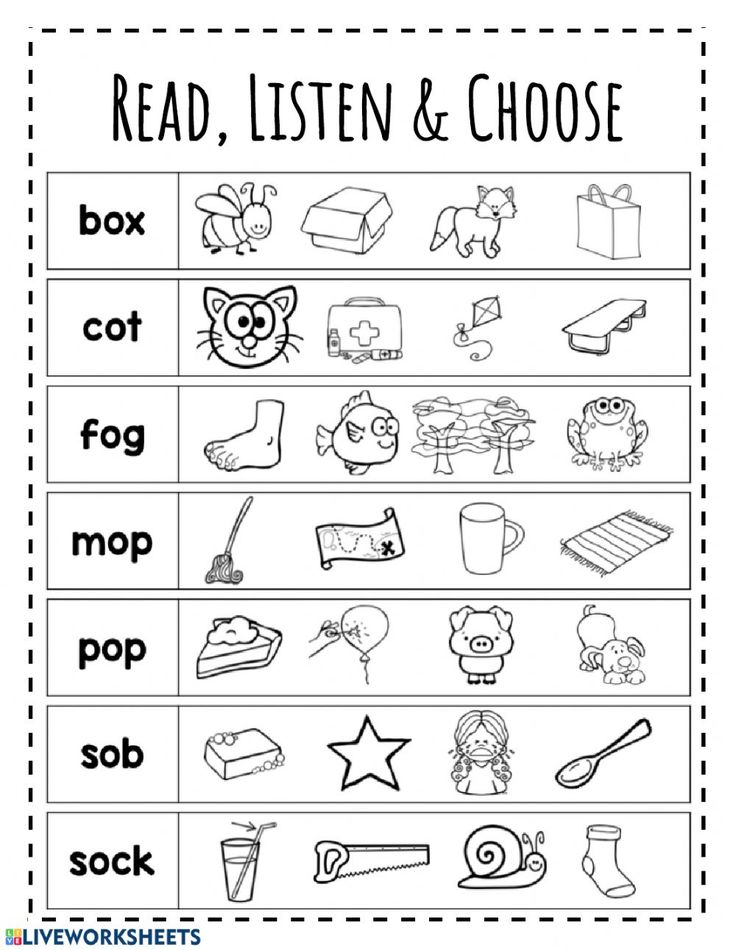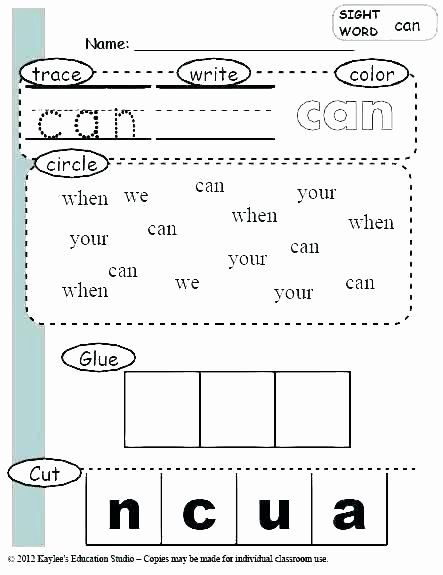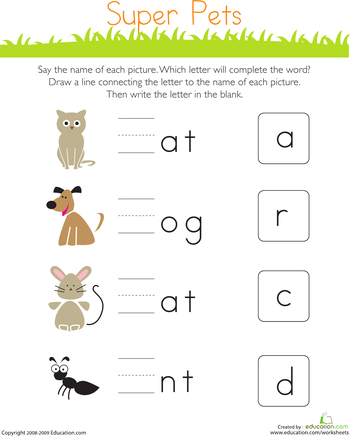Addition strategies 1st grade
Addition Strategies for First Graders
Home » Blog » Operations » Addition » Addition Strategies for First Graders
Written by: Angie Olson
365 shares
- Share194
- Tweet
First grade is the year that students are developing their foundational mathematical skills. It is critical that when learning how to add numbers, our students are learning and understanding HOW to use a math algorithm to find an answer and also able to explain WHY they are doing so. When I teach my students addition, they have a solid understanding of numbers and place value first. Then I introduce different addition strategies. After some practice with these strategies, the focus can shift to memorization of facts. This, of course, comes later.
Some strategies that I like to use when teaching addition are:
(these are all covered in the First Grade Addition Interactive Notebook)
1. Zero Facts
2. Turn-Around Facts
3. Counting On
4. Doubles Facts
5. Using Fingers
6. Using Manipulatives
7. Near Doubles
8. Make a Ten
9. Part Part Whole
10. Combining Numbers
11. Tally Marks
12. Ten Frames
13. Fingers
Download Addition Strategies Flip Flaps HERE
Another important component to teaching any new unit in math is to teach the vocabulary words that go with the concept. This particular interactive math notebook activity includes 10 vocabulary words with definitions. You could have your students glue their definitions under the vocabulary word or write the definition themselves.
Download Addition Vocabulary Flaps HERE
This First Grade Addition Strategies Notebook includes all of the strategies you read from above along with activities for practice of these addition strategies. I believe most first graders benefit from using manipulatives when learning a math skill so these interactive notebook activities were designed to accompany some of the most basic math manipulatives such as dice, counters, dominoes, etc.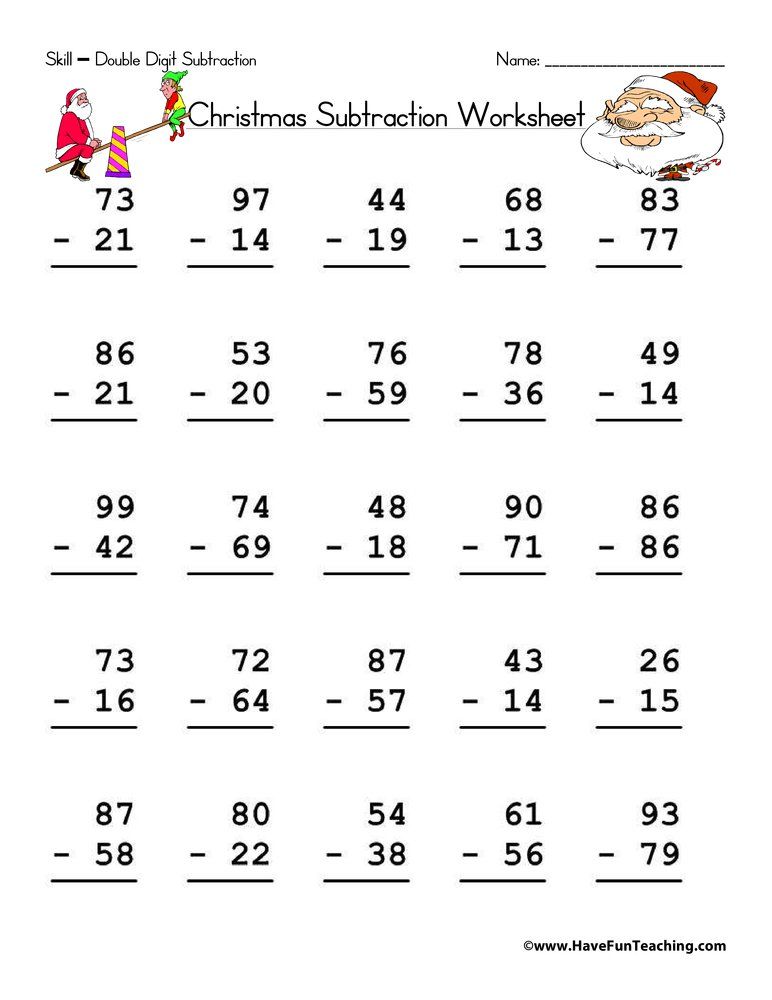
Download All Things 1st Grade Interactive Notebooks HERE
My favorite part about this First Grade Addition Strategies Notebook is the word problem story mats. Word problems seem to always be a trickier concept for students to master so I knew that I wanted to find a way for students to practice this skill in a practical way. That’s when these word problem story mats came to life!
I love that there are pictures provided for each story or I can use any math manipulative that I have laying around my classroom. These word problem story mats can also be easily differentiated. For the struggling student, I would use these as a part of their math center. I would provide the story prompt and a limited number of counters. I can also see this being used with at grade level students by having them work with a partner to determine a story, place counters on the story mat, and write the addition sentence to go with the word problem. For the advanced first graders, I would provide the story mats and an increased number of counters.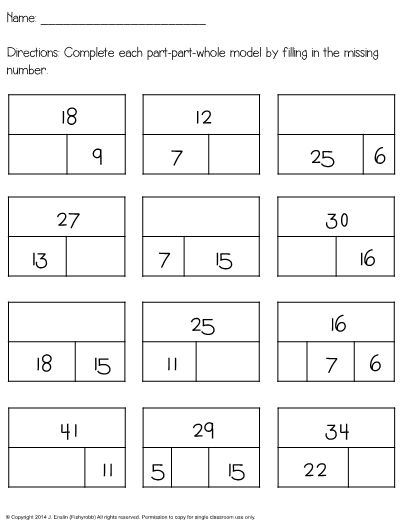 Then they would work independently or with a partner to write a word problem of their own along with the addition sentence to go with the word problem. The First Grade Addition Notebook includes 5 different stories with counters.
Then they would work independently or with a partner to write a word problem of their own along with the addition sentence to go with the word problem. The First Grade Addition Notebook includes 5 different stories with counters.
Download Word Problem Story Mats HERE
Feel free to use the image below to save this post to your Pinterest board. Happy Teaching! 🙂
365 shares
- Share194
- Tweet
6 Strategies to Teach Addition
First grade is a crucial point in a student’s mathematical journey. This is when they are developing those foundational skills that they will carry with them throughout grade levels. Our first-graders must know how to add numbers but also explain how they found their answers. To fully understand the concept of addition, our students need to have built their foundation of understanding numbers.
After they have developed those foundational skills, we can give them solid strategies to practice addition skills.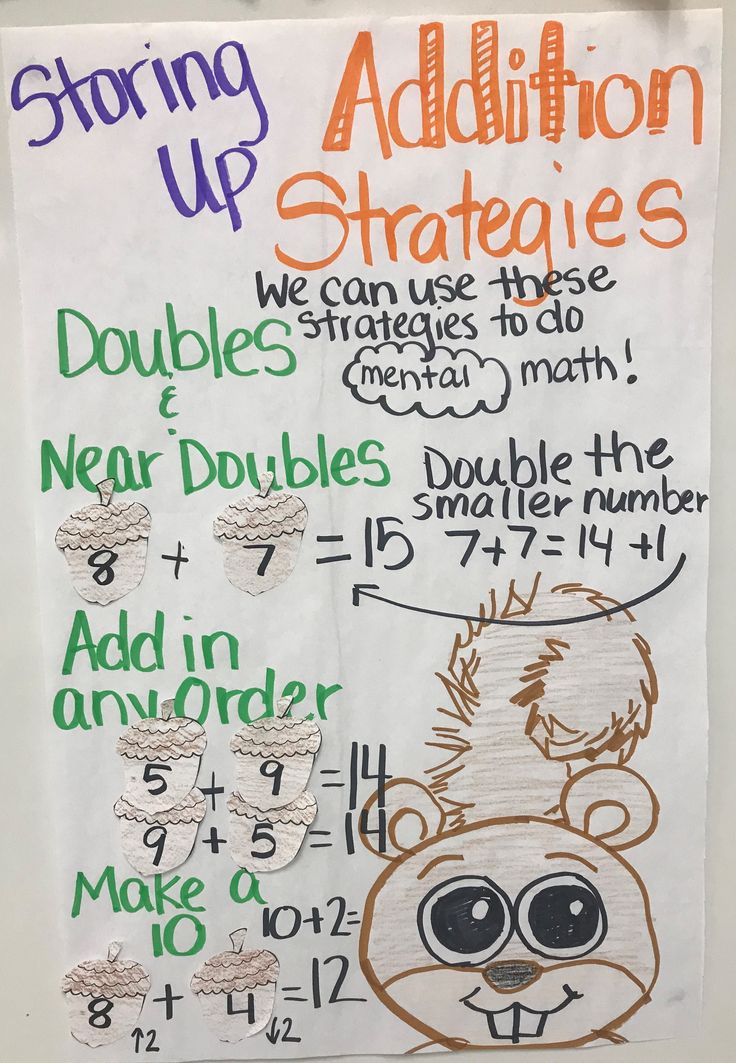 Remember, when it comes to teaching strategies to your first-graders, the ultimate goal is to have our students gain the skills to compute math mentally. So, if you are looking for hands-on and interactive ways to teach your first-graders, then you’ve come to the right place.
Remember, when it comes to teaching strategies to your first-graders, the ultimate goal is to have our students gain the skills to compute math mentally. So, if you are looking for hands-on and interactive ways to teach your first-graders, then you’ve come to the right place.
Zero Facts
I know it sounds silly that I am mentioning this one, but your students must understand that zero added to a number doesn’t change it. This strategy is almost a check-off-the-box strategy. Make sure they know it and move on.
Ten Frames
Ten frames are another excellent tool in teaching addition to first-graders. Ten frames are another way to help students visually add numbers. I like using two separate ten frames with counters and having students practice addition problems—a great way to give students independent practice. Ten frames give students a hands-on approach to working with numbers. Within ten frames, you can teach your students about doubles, doubles+1, and make a ten.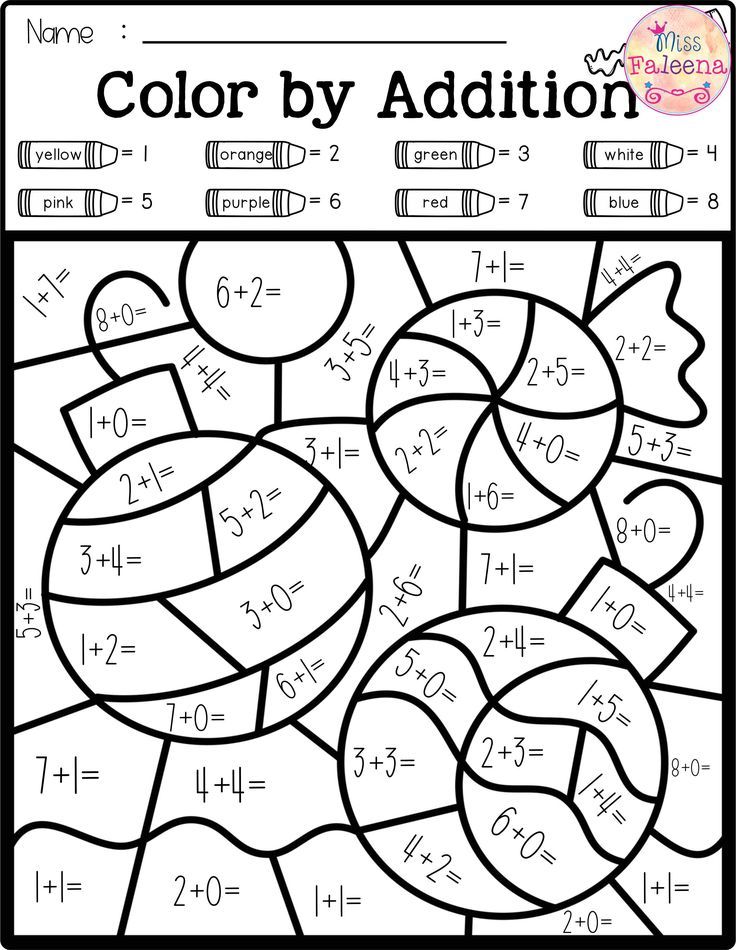
Counting On
Counting on is a pretty simple concept, but it’s a crucial one for mental math. For instance, 4+6, tell your students to put 4 in their head and count up. You can use this with a number line for a visual component.
Turn Around Facts
Our first-graders must understand that flipping the addends doesn’t change the sum when it comes to addition. A great way to teach this concept is with counters, dominos, and worksheets. Once students grasp this concept, they can continue to move forward with more complex addition problems.
Manipulatives
Can you teach first-grade without manipulatives? The answer is no! Using manipulatives in the first-grade classroom is one of the most critical aspects of teaching addition. Use, counters, bears, buttons, beads, erasers, or anything else hanging out in the cabinet full of a ton of stuff.
Manipulatives help students explore using a hands-on learning method, and they can visually see the items to assist them in understanding mathematical concepts.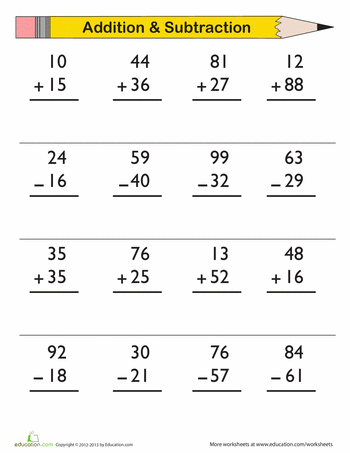 And, students learn better when they are engaged with the material, and manipulatives increase engagement.
And, students learn better when they are engaged with the material, and manipulatives increase engagement.
First-graders often struggle with understanding that they can combine two separate numbers to make a larger quantity. Counting with manipulatives is the perfect way to teach first-graders to add numbers together.
I love using manipulatives in my classroom because it’s a tangible way to understand mathematical concepts. While manipulatives aren’t a traditional strategy, they are an essential tool needed in many strategies.
The Extras
Again, these last two aren’t official mathematical strategies, but they are used to teach addition in my classroom. Most importantly, using games. Anything in game form is a win with my first-graders. I love using games because it allows my students to practice, work with partners, and apply their knowledge.
Lastly, I love using digital resources for all different avenues like independent work, early finisher activities, and homework.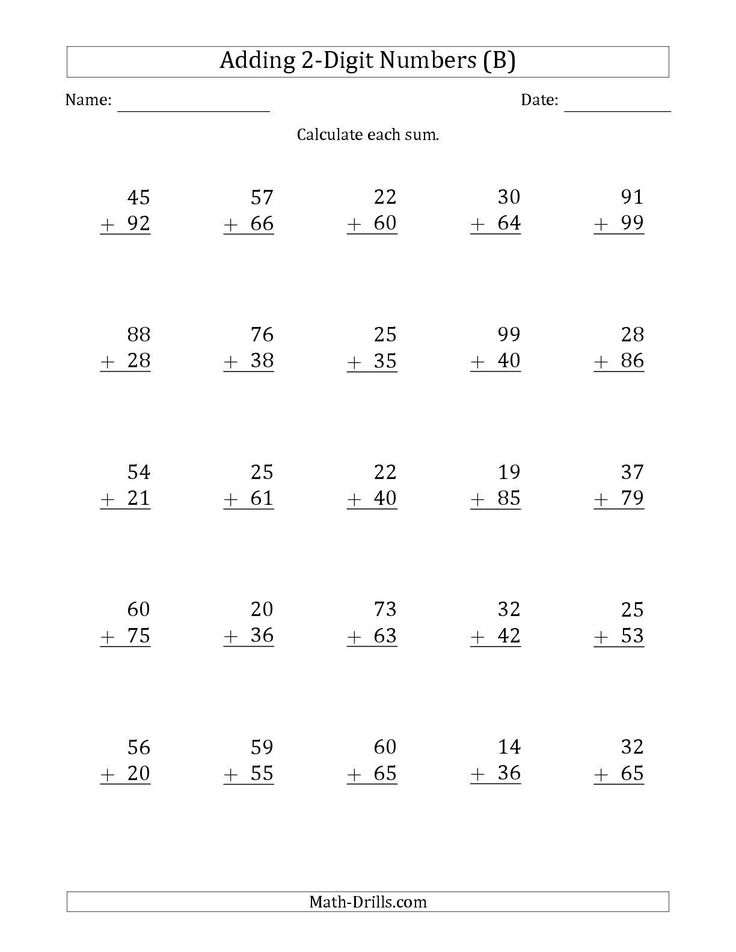 We accumulated a ton of resources from distance learning, so why not utilize them? Digital resources are just another hands-on way to apply and practice with addition.
We accumulated a ton of resources from distance learning, so why not utilize them? Digital resources are just another hands-on way to apply and practice with addition.
Another tool that I have learned throughout the years is to make an anchor chart of the various methods that your students learn best from and hang it up where everyone can see it. Anchor charts are lifesavers and they are a vital tool for our young learners.
There are many strategies in teaching addition, but it’s important to remember that we do not want our students to memorize these concepts. We want them to know and understand the strategies so they can successfully use and apply them. I have found a ton of value in teaching these strategies during small groups. While we review and practice whole group, I have found it way more beneficial to teach these strategies to a smaller group of students. What is your favorite strategy to teach addition?
Simulator addition up to 20 in mathematics 1st grade - "Family and School"
Contents
Worksheet "Subtraction within 20" (1st grade) | Mathematics simulator (grade 1) on the topic:
Published on 05/12/2018 - 23:28 - Rubleva Svetlana Sergeevna
Training examples for mastering subtraction within 20.
Download:
Preview: 902 =
15 - 8 =
13 - 4 =
15 - 6 =
12 - 3 =
14 - 5 =
16 - 7 =
18 - 9 =
- 3 =
14 - 6 =
13 - 4 =
- 8 =
12 - 3 =
14 - 6 =
- 2 =
16 - 7 =
15 - 6 =
14 - 7 =
- 7 =
- 4 =
14 - 9 =
12 - 3 =
13 - 6 =
11 - 7 =
15 - 9 =
16 - 7 =
11 - 4 =
- 9 =
13 - 7 =
16 - 9000 -
13 - 5 =
17 - 8 =
12 - 9 =
15 - 7000
- 4 =
11 - 4 =
14 - 8 =
- 9 =
- 4 =
13 - 5 =
- 3 =
15 - 8 =
13 - 6 =
12 - 5 =
11 - 5 =
14 - 9 =
15 - 6 =
12 - 5 =
11 - 5 =
13 - 6 =
16 - 8 =
15 - 9 =
14 - 7 =
12 - 4 =
13 -
15 - 6 =
- 70003
13 - 4 =
16 - 8 =
- 4 =
- 6 =
14 - 9 =
13 - 7 =
- 9 =
- 9 =
- 8 =
16 - 9 =
15 - 7 =
11 - 8 =
12 - 6 =
13 - 4 =
15 - 9 =
13 - 7 =
15 - 7 =
11 - 4 =
13 - 7 =
17 - 8 =
-
12 - 7 =
-
- 3 =
14 - 6 =
- 6 =
14 - 7 =
15 - 9 =
11 - 70003
16 - 9000 -
- 3 =
- 6 =
14 - 8 =
13 - 8 =
11 - 9 =
16 - 7 =
12 - 5 =
17 - 9 =
14 - 5 =
13 - 8 =
11 - 5 =
12 - 5 =
11 - 8 =
14 - 8 =
18 - 9 =
- 3 =
16 - 8 =
11 - 9 =
- 8 =
- 5 =
18 - 9 =
13 - 5 =
16 -
15 - 8 =
13 -
11 - 9 =
15 - 7 =
13 - 8 =
14 - 9 =
12 - 7 =
17 - 8 =
13 - 5 =
12 - 6 =
11 - 6 =
17 - 9 =
12 - 8 =
13 -
- 6 =
- 8 =
- 9000 -
14 - 5 =
13 - 9 =
- 3 =
- 7 =
11 - 2 =
13 - 8 =
14 - 6 =
- 6 =
11 - 7 =
13 - 9 =
14 - 7 =
12 - 8 =
14 - 8 =
12 - 9 =
11 - 8 =
14 -
13 - 6 =
15 - 8 =
11 - 2 =
16 -
12 - 9 =
14 - 5 =
- 9000 -
16 - 8 =
11 - 2 =
- 9 =
15 - 9 =
- 6 =
- 5 =
17 - 9 =
14 - 5 =
13 - 8 =
11 - 5 =
12 - 5 =
11 - 8 =
14 - 8 =
18 - 9 =
11 - 3 =
16 - 8 =
11 - 9 =
12 - 8 =
11 - 5 =
18 -
13 - 5 =
16 -
15 - 8 =
13 - 9 =
11 - 9 =
15 - 7 =
13 - 8 =
14 -
12 - 7 =
- 8 =
13 - 5 =
12 - 6 =
11 - 6 =
17 - 9 =
12 - 8 =
13 - 9 =
11 - 6 =
12 - 8 =
18 -
14 - 5 =
13 - 9 =
- 3 =
12 - 7 =
- 2 =
13 - 8 =
14 - 6 =
12 - 6 =
11 - 7 =
13 -
14 - 7 =
12 - 8 =
14 - 8 =
- 9 =
- 8 =
14 - 9 =
13 - 6 =
15 - 8 =
11 - 2 =
16 - 9 =
12 - 9 =
14 - 5 =
11 - 9 =
16 - 8 =
- 2 =
18 - 9 =
15 -
12 - 6 =
- 2 =
15 - 8 =
13 - 4 =
15 - 6 =
- 3 =
14 - 5 =
16 - 7 =
18 - 9000 -
- 3 =
14 - 6 =
13 - 4 =
17 - 8 =
12 - 3 =
14 - 6 =
11 - 2 =
16 - 7 =
15 - 6 =
14 - 7 =
12 - 7 =
- 4 =
14 - 9 =
12 - 3 =
13 - 6 =
- 70003
15 -
16 - 7 =
11 - 4 =
- 9 =
13 - 7 =
16 -
13 - 5 =
17 - 8 =
-
15 - 7 =
12 - 4 =
11 - 4 =
14 - 8 =
17 - 9 =
12 - 4 =
13 - 5 =
11 - 3 =
15 - 8 =
13 - 6 =
12 - 5 =
- 5 =
14 - 9 =
15 - 6 =
- 5 =
11 - 5 =
13 - 6 =
- 8 =
15 - 9 =
14 - 70003
12 - 4 =
13 - 9 =
15 - 6 =
11 - 7 =
13 - 4 =
16 - 8 =
12 - 4 =
11 - 6 =
14 - 9 =
13 - 7 =
17 -
12 - 9 =
- 8 =
16 - 9 =
15 - 7 =
- 8 =
- 6 =
13 - 4 =
15 -
13 - 7 =
15 - 7 =
- 4 =
13 - 7 =
- 8 =
- 9 =
- 7 =
17 - 9 =
11 - 3 =
14 - 6 =
12 - 6 =
14 - 7 =
15 - 9 =
11 - 7 =
16 -
12 - 3 =
- 6 =
14 - 8 =
13 - 8 =
- 9 =
16 - 7 =
on the topic: Methodological development , presentations and notes
Mathematics lesson in grade 1 on the topic Reinforcing the cases of addition and subtraction within ten.
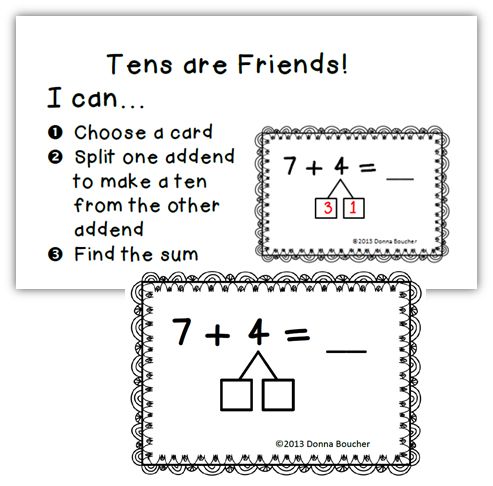
Numbering within 20.
PURPOSE: to contribute to the actualization and consolidation of the knowledge gained in previous lessons, to exercise counting skills. Educational tasks: 1. Consolidate and summarize the learned methods of addition and subtraction ...
Mathematics lesson in grade 1 on the topic "Addition and subtraction table within 20. Composition of numbers within 10. Consolidation"
Mathematics lesson in grade 1 on the topic "Addition and subtraction table within 20. Composition of numbers within 10. Consolidation”…
Summary of the lesson in mathematics “Repetition of the past. Numbering of numbers within 100. Addition and subtraction within 100 »
Abstract of a lesson in mathematics 2nd grade ...
Lesson in mathematics in grade 1. Addition and subtraction within 10. Topic: "Counting within 10. Consolidation"
This lesson was conducted according to the program School of Russia, based on the author's program of M.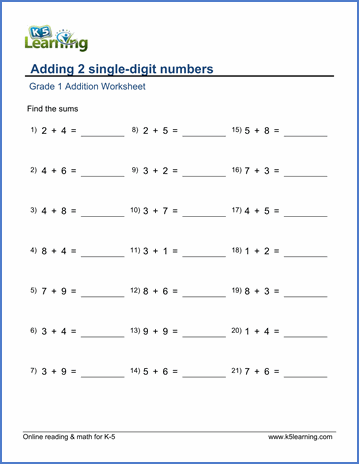 I. Moro, M. A. Bantov "Mathematics 1st grade". Type of lesson: Consolidation of acquired knowledge. Lesson form: Travel lesson. ..
I. Moro, M. A. Bantov "Mathematics 1st grade". Type of lesson: Consolidation of acquired knowledge. Lesson form: Travel lesson. ..
Mathematics lesson 1st grade on the topic “Consolidation of the studied. Solving text problems, examples of addition and subtraction within 10, comparing numbers within 10”
Students learn to solve problems of the studied types; solve examples for addition and subtraction of numbers 1,2,3; accept and maintain the goals and objectives of educational activities; find means and ways to implement it…
Summary of the lesson in mathematics "Addition and subtraction of numbers within" Grade 1 EMC "School of Russia"
......
Mathematics lesson in grade 3 "Number 0 when adding numbers within 5" (a class with a complex defect structure).
The purpose of this lesson is to teach students how to add numbers within 5, when the addition component is the number 0. The lesson uses multi-level tasks, taking into account the possibilities .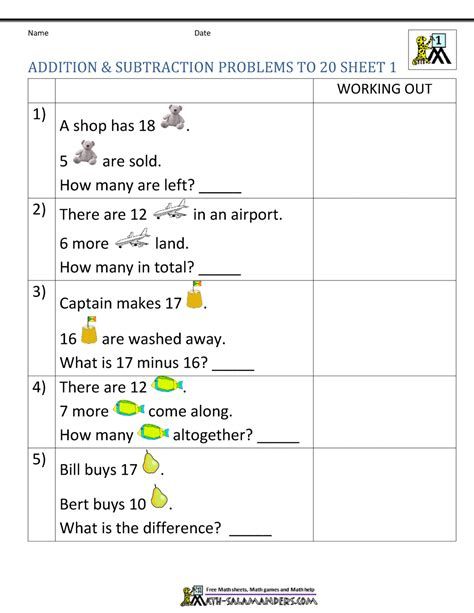 ..
..
Share:
Math simulator. 1 class. Problems for addition and subtraction within 20 (2018) comp.
D. V. Ovcharov, "Patchatkova school"
When buying textbooks for a class, a group, discounts are provided!!!
The manual presents the tasks of various types. The first task of each type is accompanied by a drawing. It helps to understand the principle behind the solution. Subsequent tasks require self-drawing of the drawing.
In order to form and maintain a child's interest in mathematics, it is better to work with the manual little by little, but regularly. In one session with the simulator, you can solve one or two tasks.
The manual is addressed to first-graders, their parents, as well as primary school teachers.
Flip through
Dear customer.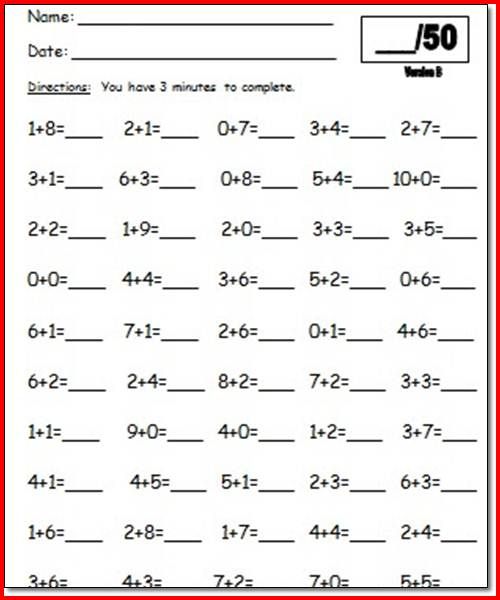
The manufacturer reserves the right to change the characteristics, packaging, description of the product. We try to timely make changes on the pages of our Belka.By store.
Product specifications obtained from open sources, incl. from manufacturer's catalogs and official websites. 100% accuracy and completeness of descriptions are not guaranteed.
If you find inaccuracies in the description and characteristics, please send us an e-mail [email protected] with the name of the product and the item that contains the error. You can also indicate in the review for this product if there are inaccuracies in the description.
This offer is not a public offer. The product you have chosen may be out of stock and/or reserved, paid for by another buyer and changed in price.
During periods of high demand, order assembly may take 1-10 days.
| General | |
| Year | 2018 |
| Comp. Ovcharov D.V. | |
| Publisher | Cobweb School |
| EAN code | 9789855655566 |
| ISBN | 978-985-565-556-6 |
| Pages | 16 |
| 1st class | |
| Format | 14.5×21.5 cm |
| Cover, binding | soft |
| Weight g | 28 |
| Manufacturer | Republican unitary enterprise "Publishing house" Adukatsyya i vykhavanne ".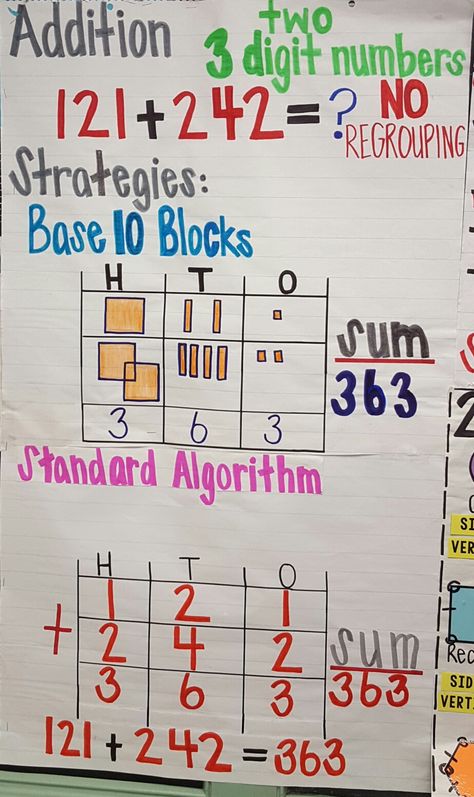 Address: st. Address: st. |
Your name:
Your review:
Note: HTML markup is not supported! Use plain text.
Advantages:
Disadvantages:
Rating: Badly Good
Robot protection
Enter the code in the field below
Games for first graders Free to add within 20 Online
CLASS
CONTENT TYPE
- Letter (20)
- Writing target words (20)
- Reading (593)
- Phonika (293)
- Reading words (169)
- Blending (169)
- Words CCVC and CCVCC (28)
- Words CVCC and CCVCC (46)
- Words with vowel commands (50)
- Words with Bossy R (45)
- Long vowels (75)
- Long vowel (15)
- Long vowel E (17)
- Long I vowel (15)
- Long vowel (15)
- Long vowel U (13)
- Soft sounds (2)
- Words with soft C (1)
- Soft G Words (1)
- Vowel commands (15)
- Words with AI and AI (3)
- Words with EA and EE (3)
- Words with OA and OB (3)
- Words with IE and Y (3)
- Words with UE and UI (1)
- Words with OO (2)
- Final consonants (23)
- LC mix (3)
- MP Blend (3)
- ST Blend (3)
- SK Blend (3)
- NC Blend (3)
- neutral mix (3)
- Low Temperature Blend (3)
- Mix LF (3)
- SC Blend (5)
- Mix NG (4)
- Magic - E (12)
- Long Y words (3)
- Words with long A (3)
- Words with long O (3)
- Words with long I (3)
- Rhyming words (37)
- Initial consonant mixtures (21)
- Family L (12)
- SL mix (3)
- CL mix (3)
- PL mix (3)
- Bl mix (5)
- Mix GL (3)
- Mix FL (5)
- R family (9)
- PR mix (3)
- TR blend (3)
- GR blend (3)
- CR blend (3)
- FR Blend (3)
- Bossy R (15)
- Words with AR (3)
- Words with OR (3)
- Words with IR (3)
- Words with ur (3)
- Words from EP (3)
- Prominent words (300)
- All words of sight (300)
- Dolch sight words (150)
- Fry Kind Words (84)
Matching games for first graders
View all 3 games
Equality expressions
Understanding the Equals Game
Express yourself in the world of mathematics by understanding the equals sign.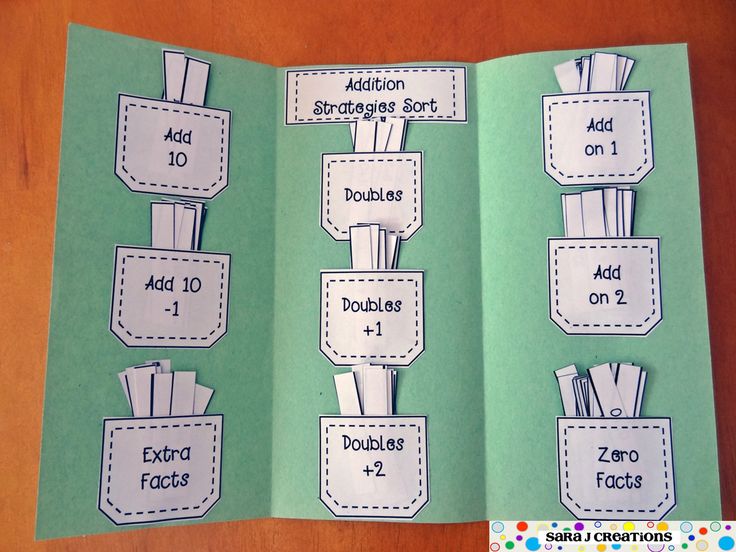
1 1.OA.7
DETAILS
Equal Expressions
Find the Equivalent Expression Game
Explore the world of mathematics by learning how to determine the equivalent expression.
1 1.OA.7
DETAILS
Expression equality
Equating numbers by adding additional numbers
See how to make numbers equal by adding extra numbers in this addition game.
1 1.OA.7
VIEW DETAILS
All First Grade Games for Free Addition within 20
Equal Expressions
Equal Sign Understanding Game
Express yourself in the world of mathematics by understanding the equal sign.
1 1.OA.7
DETAILS
Equal expressions
Game "Find the equivalent expression"
Express yourself in the world of mathematics by learning how to determine the equivalent expression.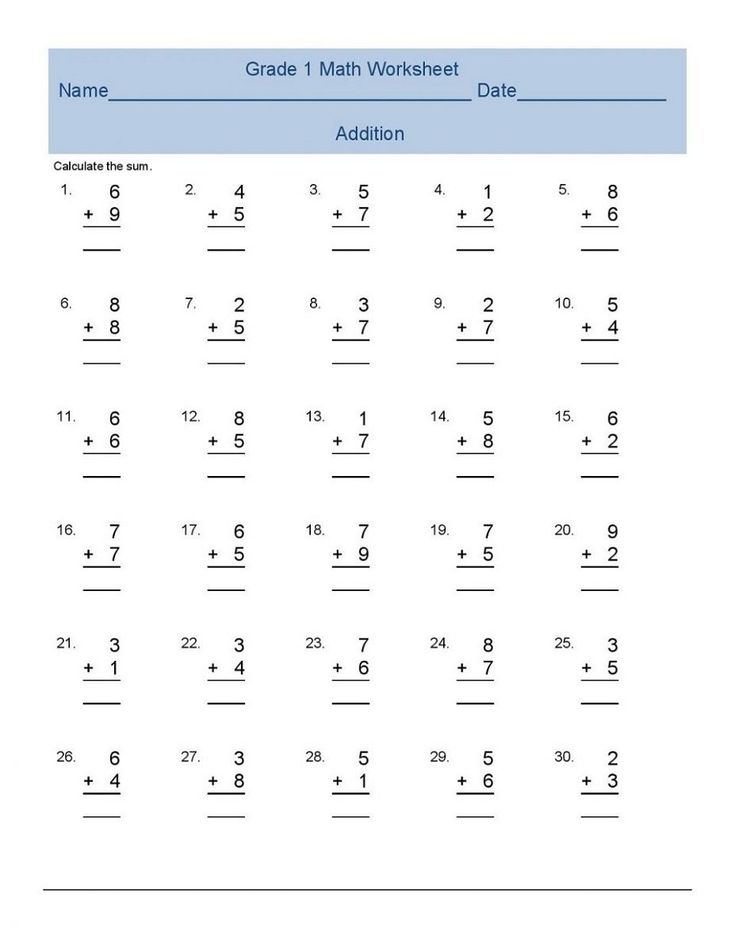
1 1.OA.7
READ MORE
Equal Expressions
Equalize Numbers by Adding Extra Numbers
See how to make numbers equal by adding extra numbers in this addition game.
1 1.OA.7
DETAILS
New ways to add
Practicing addition in 1st grade with SplashLearn 1st Grade Fluent Addition Games within 20 allows children to brush up on their skills and help them switch from simple math to a topic full of complexities. With fun graphics that grab a child's attention right away, the questions are formatted to make learning fun.
- Teenage Number Addition Matching is an educational game in which children are given a set of expressions to add to the teenager number (13-19). They have to solve the expression and choose the correct answer.
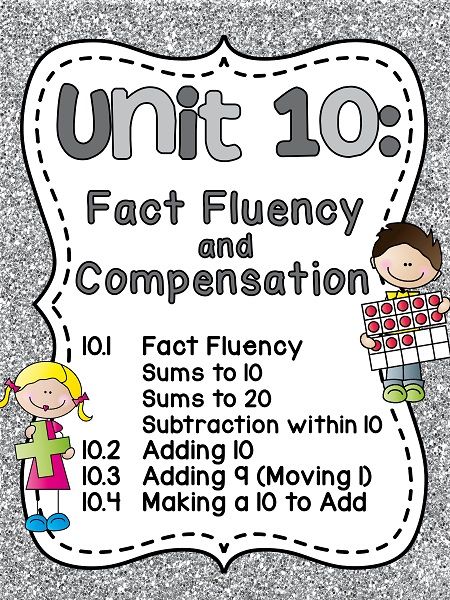
- Find the sum within 20 is the best online game to brush up on your first 20 addition skills. Children solve questions and get the correct amount. What a great way to practice!
- Addition of numbers within 20 is a cool and colorful game that allows kids to match 10s from the numbers provided to them. Then they move on to solving the given question and calculate the exact answer.
- The missing number in the sentence is an interactive game in which first graders have to change their perception of addition. In this game, they don't have to add, instead they use their concept of addition to figure out which number is missing in a particular addition expression.
In 1st grade, when children are exposed to new topics in math, online games are the best way to learn new things. SplashLearn games for first graders with fluent addition within 20 will provide kids with a great educational experience with fun!
Try SplashLearn for free
Place Value Games for Kids Online
Place Value Games Online
Place Value is the value of the number in each number.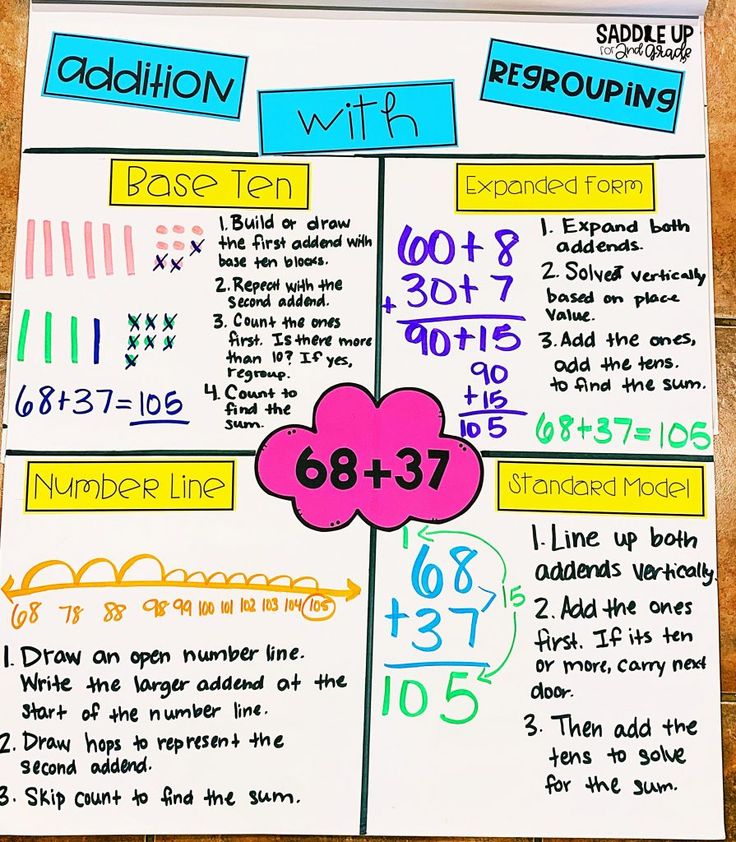 Teaching children the concept of place is very important as it forms the basis of basic mathematics and further study of mathematics.
Teaching children the concept of place is very important as it forms the basis of basic mathematics and further study of mathematics.
The rank system helps students understand numbers, which is an important and fundamental math skill. To understand the process of forming numbers, the discharge technique is introduced to children in kindergarten. Starting with the nomenclature of places, math place games help shape and strengthen children's math skills.
Games such as round number games, number reading and writing games, number placement games, etc. help children practice the concept of the meaning of place across grades and ages.
Some other math games you can learn: number sense games, addition games, subtraction games, geometry games, time games, money games, algebra games, etc.
As we introduce children with the meaning of place?
Place values can be entered into interactive math games for kids. These games help reinforce the conceptual knowledge of the positional value system and help students understand the relevant nomenclature to read and write numbers according to their arithmetic values. They also help students represent 2- and 3-digit numbers using base 10 blocks and decompose numbers into hundreds, tens, and ones. These online games can be very helpful for kids from preschool to 5th grade to practice their math skills and concepts.
These games help reinforce the conceptual knowledge of the positional value system and help students understand the relevant nomenclature to read and write numbers according to their arithmetic values. They also help students represent 2- and 3-digit numbers using base 10 blocks and decompose numbers into hundreds, tens, and ones. These online games can be very helpful for kids from preschool to 5th grade to practice their math skills and concepts.
How do you make sure your kids have fun?
Online math games to determine the capacity can be included in the children's education program. Their captivating visuals, simple techniques, and colorful backdrops make word-of-mouth classes fun and interesting.
How can games help you understand the meaning of a place?
Math positional games are amazing tools that you can use to learn and practice math.
For 1st grade students, these games help develop counting skills using base 10 blocks using tens and ones up to 100. For 2nd grade students, these games expand counting skills to three digit numbers, starting at 100. Comprehension numbers in an expanded form using mathematical symbols and operations such as addition, develops textual representation skills for solving mathematical problems. In the 3rd grade curriculum, these games further improve counting skills to thousands by using math fluency while writing consecutive numbers. They help students deepen their understanding of the meaning of numbers.
In 4th grade, online word count games help you read and write numbers in hundreds of thousands and develop skills in using number sense and word count to sort and compare large numbers. Parallel math lessons on fractional numbers in the appropriate class also develop skills in interpreting and presenting data on a histogram and line graph. Games for fifth graders are aimed at understanding numbers obtained from fractions.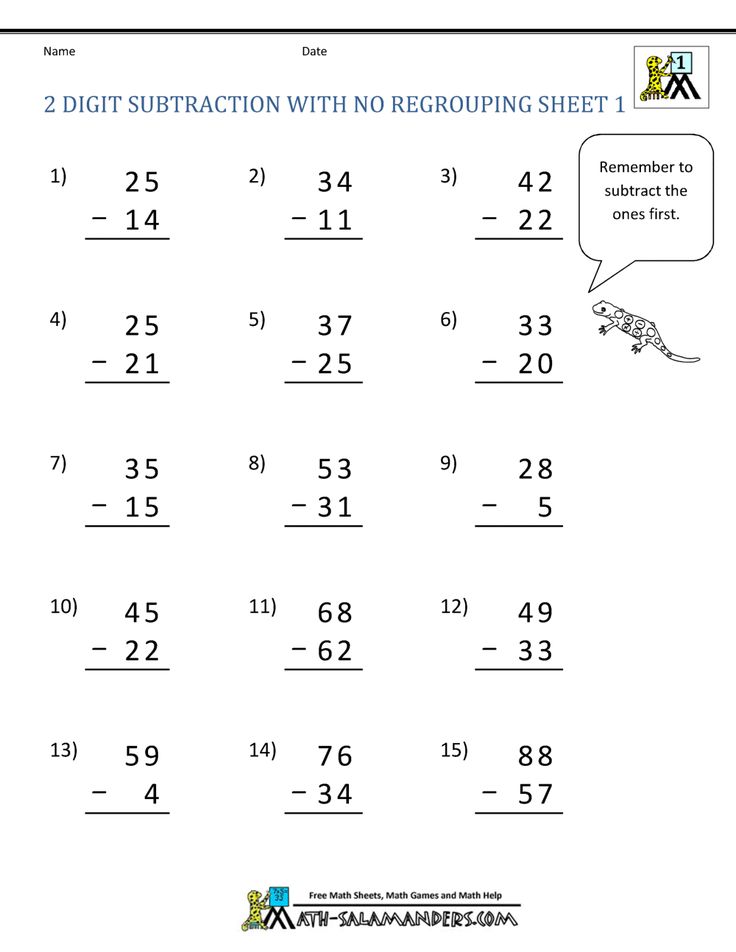 Children learn to read decimals and appreciate the digits, which are 1/10 of each digit.
Children learn to read decimals and appreciate the digits, which are 1/10 of each digit.
Math games to determine the word length help develop the skills of understanding numbers in the text. Thus, mathematical skills are developed to perform basic mathematical operations and solve mathematical equations.
Frequently Asked Questions
1. How do you practice bit depth for children?
The meaning of the place can be practiced in fun and interactive online games. These math games make learning interesting by incorporating colorful elements that add a splash of interest to boring math learning.
2. How to teach the concept of capacity?
Place value concepts can be taught using play-based learning tools. These tools enhance your child's math learning and practice, and students can practice the concept of positional value with ease.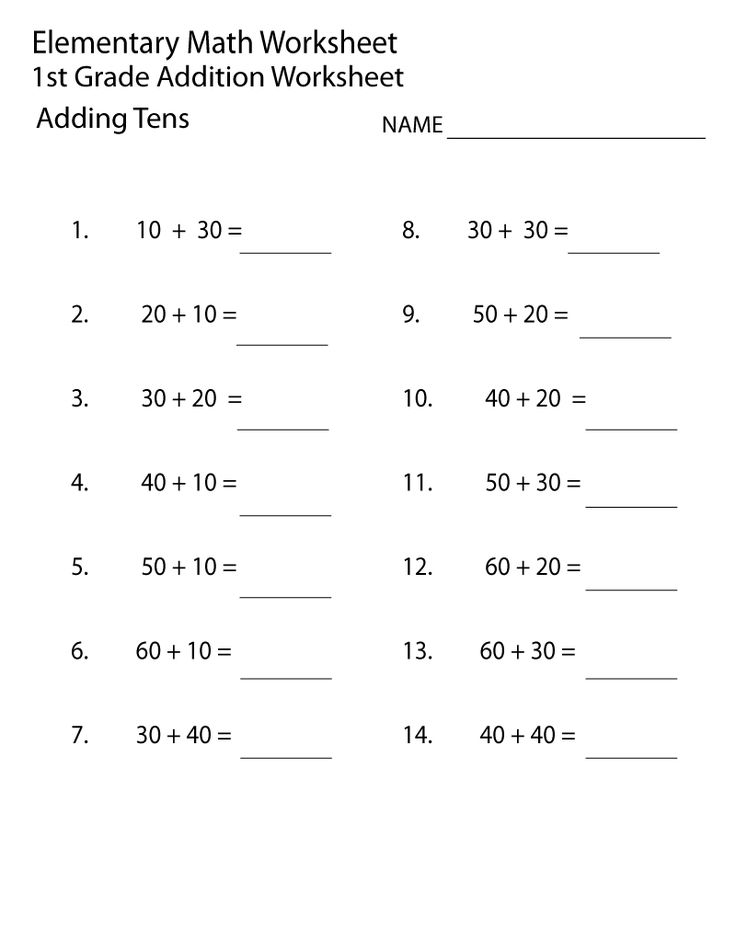
3. How can I help my child understand the meaning of shock?
You can help your child understand the value of a place by providing productive learning through online games. Thanks to such games, your child will understand the basics of the discharge, as well as be able to practice advanced math skills in the same topic. Students will be able to understand the textual representation of numbers in expanded and verbal form in order to formulate logical answers for verbal math problems. They will also make a connection between multiple numbers to order and order them. Children will also learn to count numbers after "10" up to thousands and above, and then write the numbers in order using various manipulations and counters.
4. How can children play games on site?
Position-based online games can be played comfortably. The development of elementary mathematics begins with writing numbers in order, and online math games for children include the concepts of bit depth and related methods in different ways.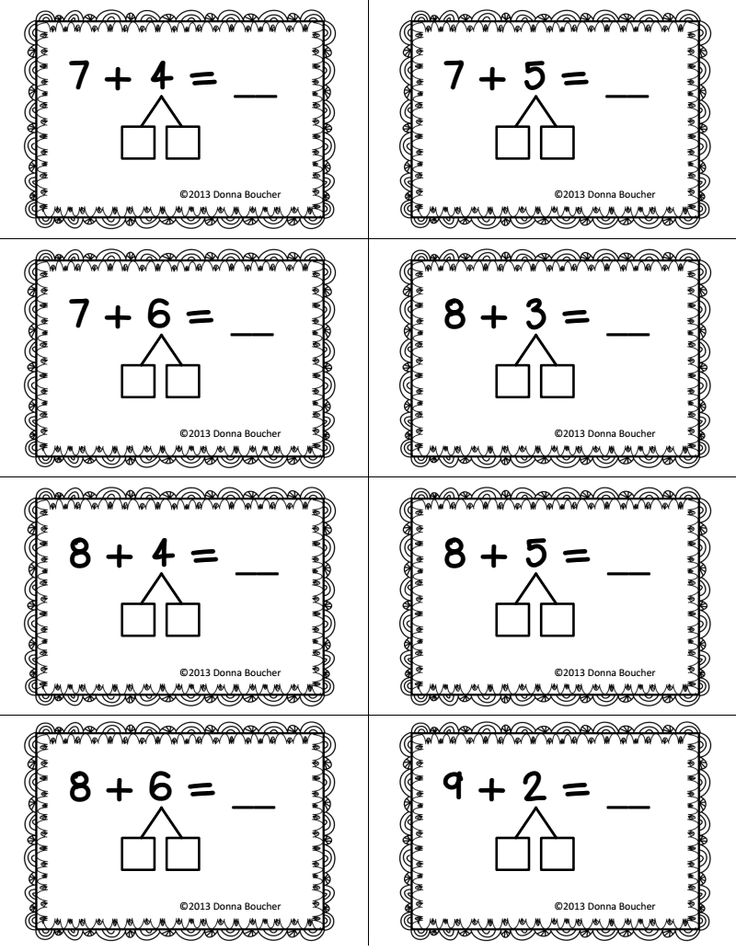
lessons, tests, assignments. - "Family and School"
Contents
Addition table within 20 | Material in mathematics (grade 1):
Published on 01/24/2019 - 16:59 - Skvortsova Olga Aleksandrovna
Grade 1, Putation table for solving and memorizing
Download:
Preview:
1 + 1 = 2
1 + 2 = 3
1 + 3 = 4
1 + 4 = 5
1 + 5 = 6
1 + 6 = 7
1 + 7 = 8 2 + 1 = 3
2 + 2 = 4
2 + 3 = 5
2 + 4 = 6
2 + 5 = 7
2 + 6 = 8
2 + 7 = 9
2 + 8 = 10
2 + 9 = 11
3 + 1 3 3 0 02 = 4 5 0002
3 + 3 = 6
3 + 4 = 7
3 + 5 = 8
3 + 6 = 9,0003
3 + 7 = 10
3 + 8 = 11
3 + 9000 3 +
4 + 1 = 5
4 + 2 = 6
4 + 3 = 7
4 + 4 = 8
4 + 5 = 9
4 + 6 = 10
1 + 70 4 + 8 = 12
4 + 9 = 13
5 + 1 = 6
5 + 2 = 7
5 + 3 = 8
5 + 4 = 9
5 + 1 = 90 3 0 02
5 + 7 = 12
5 + 8 = 13
5 + 9 = 14
6 + 1 = 7
6 + 2 = 8
6 + 3 = 9000
6 + 4 = 10
6 + 5 = 11
6 + 6 = 12
6 + 7 = 13
6 + 8 = 14
6 + 9 = 15
7 + 1 = 8
= 3 0 90 20002 7 + 3 = 10
7 + 4 = 11
7 + 5 = 12
7 + 6 = 13
7 + 7 = 14
7 + 8 = 15
7 + 9 = 16
8 + 1 = 9
8 + 2 = 10
8 + 3 = 11
8 + 4 = 12
8 + 5 = 13
8 + 6 = 14
= 10 0 9 + 8 = 16
8 + 9 = 17
9 + 1 = 10
9 + 2 = 11
9 + 3 = 12
9 + 4 = 13
9 + 4 = 13
9 + 6 = 15
9 + 7 = 16
9 + 8 = 17
9 + 9 = 18
On the topic: methodological developments, presentations and abstracts
for verbal counting….

. Addition table within 20.
The purpose of the lesson: to contribute to the actualization and consolidation of the knowledge gained in previous lessons, to exercise in counting skills. Tasks: Repeat the composition of numbers within 20; Pin and file…
Mathematics class 2. Consolidation of knowledge on the topic: Addition table within 20. Procedure in expressions with brackets. Primary school teacher MOU secondary school No. 6 Shchelkova Martynyuk Tatyana Evgenievna
Goals and tasks: -improvement of computational skills;-development of the ability to follow the order of actions in expressions with brackets;-improvement of skills with ...
Summary of the mathematics lesson "Consolidating knowledge of the addition table within 20”
Abstract of a mathematics lesson in grade 1 on the topic: “Consolidating knowledge of the addition table within 20” using didactic games….
Presentation for the lesson of mathematics in grade 1 "Reinforcement of knowledge of the addition table within 20"
Use of gaming technologies. Help Ivan Tsarevich turn the frog into the Princess. The game "Runaway numbers", "Name - do not yawn", "Wonder Tree" Formation of computational skills, development of attention ....
Help Ivan Tsarevich turn the frog into the Princess. The game "Runaway numbers", "Name - do not yawn", "Wonder Tree" Formation of computational skills, development of attention ....
Summary of a lesson in mathematics in grade 1 on the topic “Addition table within 10. Consolidation”
...
Mathematics lesson in grade 1 “Reinforcing methods of calculating the form 10 + 7, 17-7, 17-10. Preparation for the study of the addition table within 20.
Lesson using interactive technology. Lesson-journey with the use of interdisciplinary connections. Section "Numbers from 1 to 20. Numbering" ....
Share:
Addition and subtraction table within 20 (KIM grade 1)
Home / Primary grades / Mathematics
Download
2.3 MB , 1272398.rar Author: Khokhlova Irina Borisovna, 14 Nov 2015
Designed for individual work in the classroom with subsequent verification: children in pairs or the teacher himself.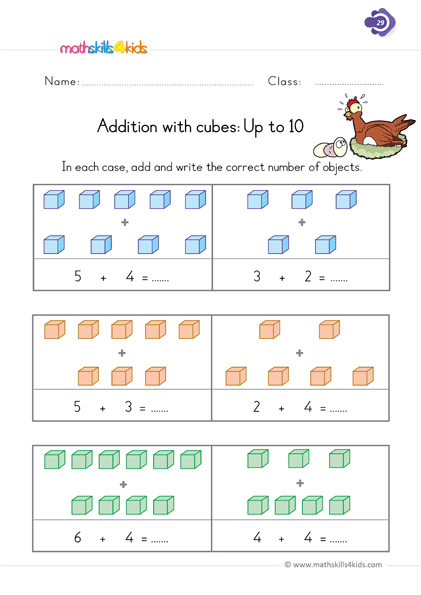
Author: Khokhlova Irina Borisovna
Similar materials
| Type | Material name | Author | Posted by |
|---|---|---|---|
| miscellaneous | Addition and subtraction table within 20 (KIM grade 1) | Khokhlova Irina Borisovna | 14 Nov 2015 |
| document | addition and subtraction table within 20 | Chuprova Yumzhit Tugdumovna | 31 Mar 2015 |
| document | Mathematics lesson in grade 1 on the topic “Table of addition and subtraction within 20. The composition of numbers within 10. Consolidation " | Novik Svetlana Anatolyevna | 31 Mar 2015 |
| document | Mathematics lesson in grade 1 on the topic Consolidation of cases of addition and subtraction within ten. Numbering within 20. | Seraya Tatyana Nikolaevna | 31 Mar 2015 |
| miscellaneous | Mathematics lesson in grade 1 “Reinforcing the cases of addition and subtraction within ten. Numbering within 20. | Seraya Tatyana Nikolaevna | 7 Jun 2015 |
| miscellaneous | Abstract and presentation for the lesson-journey to the forest, mathematics Grade 1 "Consolidating the skills of addition and subtraction within 20" | Eliseeva Ekaterina Stepanovna | 31 Mar 2015 |
| miscellaneous | Tabular cases of addition and subtraction within 20 | Malkova Olga Alexandrovna | 30 Mar 2015 |
| miscellaneous | Tabular cases of addition and subtraction within 20 with a transition through a dozen (fixing) | Solovieva Rovenna Vasilievna | 31 Mar 2015 |
| presentation | "Reinforcement of addition and subtraction within 20" Grade 1 | Udarova Marina Ivanovna | 28 Feb 2016 |
| miscellaneous | "Techniques for addition and subtraction within 20".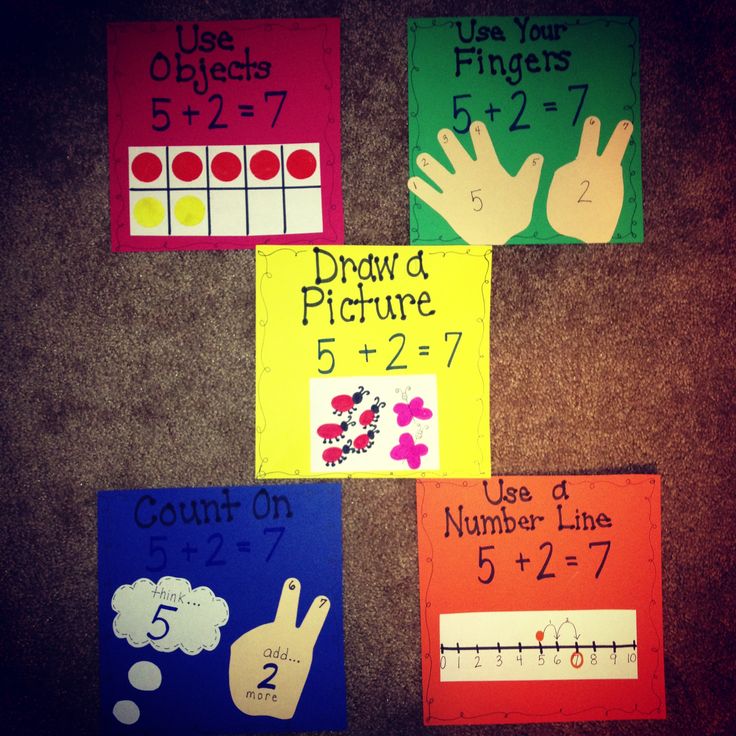 Summary of a lesson in mathematics in grade 1. Summary of a lesson in mathematics in grade 1. | Ponarina Olga Ivanovna | 30 Mar 2015 |
| document | Fixing methods of addition and subtraction within 1 ten. | Nasilevskaya Svetlana Pavlovna | 31 Mar 2015 |
| miscellaneous | Addition and subtraction tables within 10 | Vyshar Natalia Leonidovna | 31 Mar 2015 |
| miscellaneous | Math trainer. Addition table - subtraction within 9. | Staritskaya Elena Viktorovna | 31 Mar 2016 |
| miscellaneous | "Table cases of addition and subtraction within 10" Presentation for a mathematics lesson Grade 1 | Aniskina Valentina Anatolyevna | 30 Mar 2015 |
| document | Card for checking the table of addition and subtraction within 20 | Kachinskaya Lyubov Alekseevna | 30 Mar 2015 |
| document | MATH LESSON Topic: "ACTIONS OF ADDITION AND SUBTRACTION WITHIN 20 WITHOUT TRANSITION THROUGH THE DISCHARGE".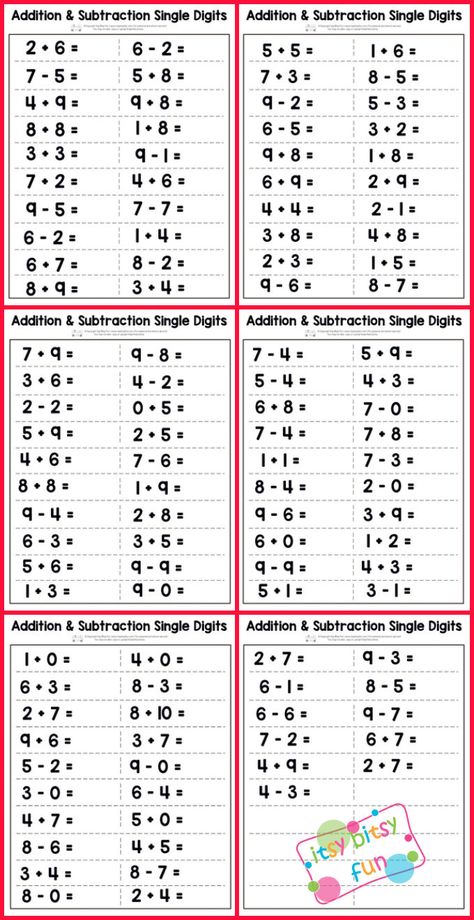 | Mailyan Ekaterina Georgievna | 30 Mar 2015 |
| document | "Fixing the cases of addition and subtraction within 20" | Grischuk Svetlana Vasilievna | 4 Apr 2015 |
| document | "Table cases of addition and subtraction with a transition through the discharge within 20" | Kharitonova Elena Anatolyevna | 4 Apr 2015 |
| document | Formation of skills of addition and subtraction within 20 with the help of fingers. | Kondrashova Nadezhda Valerievna | 29 Apr 2015 |
| document | summary of the lesson in mathematics "Consolidating the learned skills of addition and subtraction within 20" | Moshchanova Tatyana Nikolaevna | 3 Mar 2016 |
| document | Mathematics lesson on the topic “Consolidating knowledge of tabular cases of addition and subtraction within 20.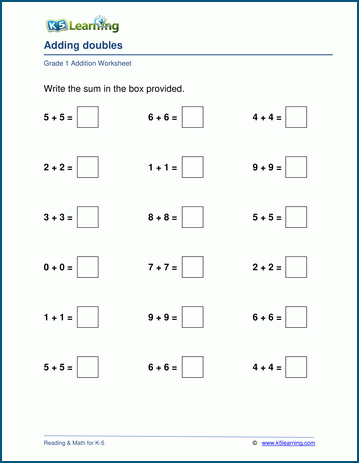 » » | Kosareva Lyudmila Konstantinovna | 7 Dec 2015 |
| document | Abstract of a mathematics lesson for grade 2 "Consolidating tabular cases of addition and subtraction within 20." | Koneva Svetlana Sergeevna | 29 Jan 2016 |
| document | Fixing addition and subtraction within 100 | Mashkova Larisa Borisovna | 30 Mar 2015 |
| document | Fixing addition and subtraction within 100 | Nekrasova Olga Ivanovna | 30 Mar 2015 |
| document | Oral tricks of addition and subtraction within 100 | Ivashchenko Natalya Vladimirovna | 30 Mar 2015 |
| document | Practicing addition and subtraction within 10 | Klepikova Elena Vyacheslavovna | 6 Apr 2015 |
| miscellaneous | Tabular cases of addition and subtraction within 10 | Atroshenkova Elena Viktorovna | 31 Mar 2015 |
| document | Fixing addition and subtraction within 100 | Kostenko Galina Konstantinovna | 17 Nov 2015 |
| document | Consolidation of addition and subtraction within 10.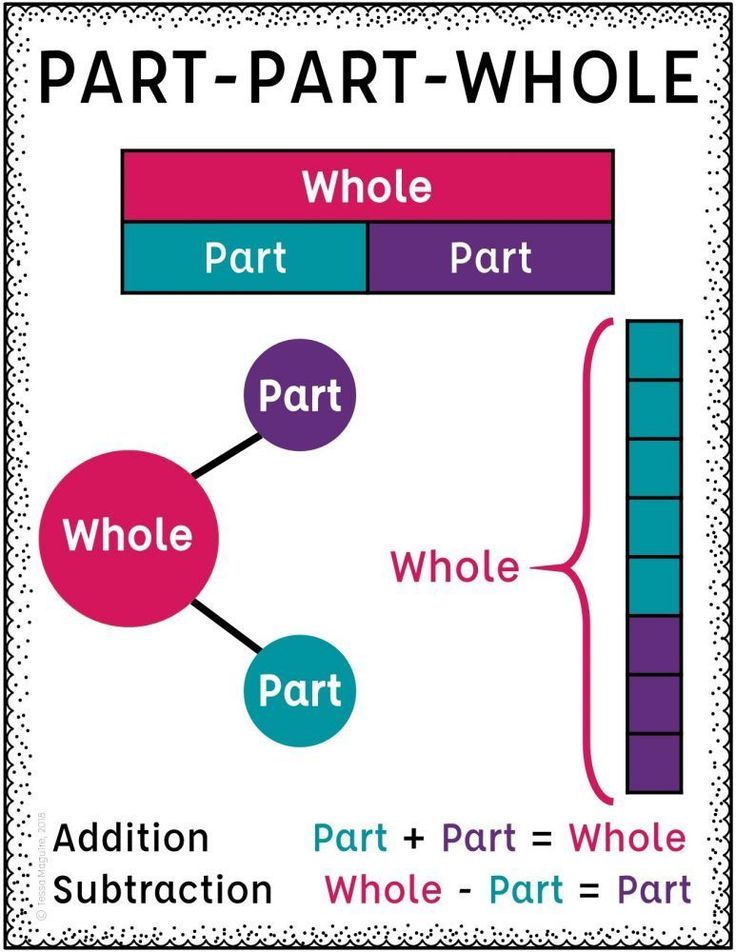 | Titova Elena Arkadievna | 5 Apr 2015 |
| document | Techniques of oral addition and subtraction within 1000 | Schipulina Larisa Viktorovna | 7 Apr 2016 |
| presentation, document | Mathematics lesson in grade 1 "Reinforcement of addition and subtraction within 10. Problem solving" | Seraya Tatyana Nikolaevna | 30 Mar 2015 |
| miscellaneous | Lesson of Mathematics in the 1st grade of the EMC "School of Russia" Theme "Reinforcement of addition and subtraction within 10" | Alena Ostapenko8 Feb 2016 | |
| document | Grade 2 Math lesson. Consolidation of written and oral methods of addition and subtraction within 100 | Repina Marina Vasilievna | 24 Aug 2015 |
| presentation | Presentation on the topic: "Repetition of addition and subtraction within 100 and multiplication tables" | Shcherbakova Anna Sergeevna | 1 Apr 2015 |
| document | addition, subtraction, multiplication and division table Grade 1 | Gavrikov Ivan Alexandrovich | 4 Apr 2015 |
| document | Lesson in mathematics Grade 2 on the topic "Consolidation of written methods of addition and subtraction within 100" | Rimma Rafailievna Gaysina | 30 Mar 2015 |
| presentation, document | Lesson-presentation "Oral techniques of addition and subtraction within 100" - Grade 2 | Prokina Lyudmila Kirillovna | 30 Mar 2015 |
| presentation, document | Summary of a mathematics lesson on the topic: "Oral techniques for addition and subtraction within 100", Grade 2 | Kutukova Evgenia Yurievna | 11 Apr 2015 |
| document | Grade 2 Lesson - a fairy tale on the topic "Consolidation of oral methods of addition and subtraction within 100" | Vdovina Olga Nikolaevna | 23 Aug 2015 |
| document | Test work on the topic "Oral methods of addition and subtraction within 100", Grade 2 | Groznikova Ksenia Vladimirovna | 24 Dec 2015 |
Everything you need to know to teach your child the facts about addition
The complete guide to teaching your child the facts about addition, including best practice resources, free printable games, and the missing piece of the puzzle that makes remembering facts faster and easier.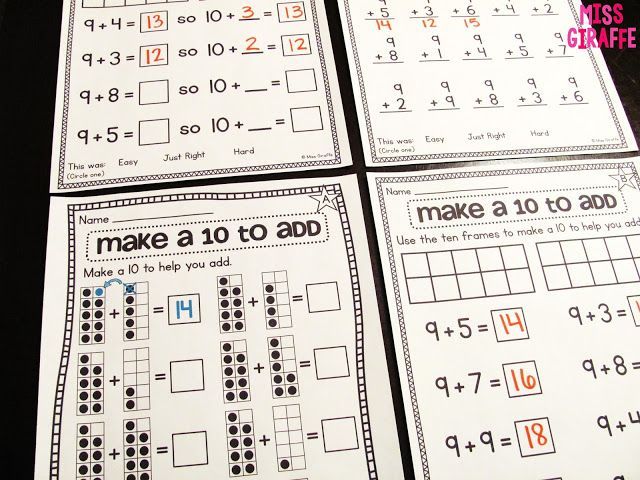
Why do many children have trouble remembering addition facts
Flash cards.
Worksheets.
Online games.
Have you tried all these methods to teach your child the facts of addition... only to find that the facts of addition fall right into 9your child's words? 0004 short-term memory and straight again?
All of these methods are useful to some extent, but the problem is that families usually use them too early.
When you go straight from learning what adding to remembering facts means, your child is missing an important piece of the puzzle.
Without this missing element, learning 81 different additional facts means weeks of pure rote memorization. Even with a supportive parent (or a colorful app) it's a tedious and difficult task. No wonder some kids hate math before they even graduate 19years.0035 st complete set!
But learning to add facts shouldn't be like that. In this article, you'll learn everything you need to know to teach your child about fact addition without killing their love of math or wanting to gouge their own eyes out in the process.
What additional facts? Why are they so important?
Addition facts are all sums from 1+1 to 9+9. It is very important that children master these 81 sums because they are the foundation for the rest of elementary arithmetic. Here is the complete addition fact table:
All 81 facts of addition
Without complete mastery of the facts of addition, children struggle to solve subtraction problems, word problems and problems with large numbers. They use so much of their working memory for simple calculations that they have little brain space for understanding new concepts.
This results in slower problem solving, more errors, and a general lack of confidence in mathematics.
In which grade should children learn the facts of addition?
Ideally, children should learn addition facts in first grade or early in second grade so that they are well prepared to solve second grade math topics such as word problems and multi-digit addition. But no matter your child's age, learning addition facts will make them more confident and successful at math. If your older child hasn't mastered the facts of addition, it's not too late.
- Related: Benefits of Mastering Extra Facts by 20
Not sure if your child knows more facts? Download this free printable extra facts assessment today to find out!
What do children need to know before memorizing addition facts?
Your child should be proficient in the following skills before attempting the facts of addition:
- Recognize written numbers up to 20.
- Understand the concept of addition.
- Initial understanding of a bit value (for example, knowing that 15 equals 10 + 5).
You know your child best, but most children aged 6 and over are developmentally ready to learn the facts. It's possible to work on basic body building with a younger child, but don't wait until your child is a little older to master the basics.
How quickly should children learn addition facts?
No more than 3 seconds per fact, as little as possible. But a lot depends on your child. Children who process information very quickly are quite capable of absorbing each fact in less than 1 second, but children with slower processors can always take a few seconds. As a parent, you know your child best, so tailor your expectations to each individual child.
It doesn't matter how old your child is, try to keep class times relaxed and positive. Tests and timed exercises are not needed unless your child feels time pressure and finds satisfaction in striking the clock.
Step 1: Break it apart.
Instead of loading the child with all the additional facts at once, first break the facts into smaller groups.
There are many ways to do this, but I've found it's best to look at the facts in this order:
- +1 and +2 facts (dark blue)
- Pairs that make up 10 (dark coral)
- Balance less than 10 (turquoise)
- +9 facts (purple)
- +8 facts (grey)
- Remaining Facts (pink)
Breaking down additional facts in this way makes learning them more feasible (for children of and parents). In addition, your child will immediately do better with the simpler +1 and +2 facts. This builds confidence and prepares her to deal with more complex facts in adolescence.
In addition, your child will immediately do better with the simpler +1 and +2 facts. This builds confidence and prepares her to deal with more complex facts in adolescence.
Step 2: Visualize and strategize.
Play pipes! This step is the missing part of , which allows children to learn to add facts with understanding, rather than just memorizing.
You have chosen one small group of facts to focus on. Now it's time to teach your child to visualize the numbers and use the effective strategy to find answers.
Why visualization is so important
You may be surprised to learn that visualizing quantities is an important step. But think about it from a child's point of view. When most children think of numbers, they tend to see stacks of 9 digits in their minds. 0004 unorganized counters.
So a child trying to add 9 + 4 imagines a stack of 9 chips and a stack of 4 chips. He knows he needs to find the sum, but the only strategy he has for adding them up is to count each counter one by one, or count on his fingers.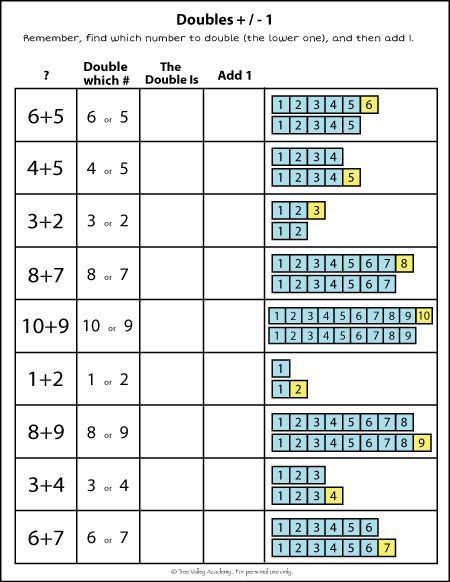
Our brain is not capable of keeping track of so many unordered counters at the same time - try it and see! — so it's not surprising that eventually he'll have to memorize each addition fact separately.
But when children visualize numbers as organized groups, they can get out of counting and memorizing rue .
How Visualization Helps
Instead, imagine a child who has learned to visualize numbers in organized groups on ten frames. Here are the same 9 and 4 counters, organized on ten frames.
(The decimal box is a simple grid of 10 squares, with a line dividing the two groups of 5. The dark line provides a point of reference so that numbers greater than 5 can easily be seen as a combination of "5 or more")
Now to add up 9 + 4, the child can use a simple concrete strategy to find the answer.
He moves one chip from group 4 to group 9. Now he immediately sees that 9 + 4 is equivalent to 10 + 3, so 9 + 4 must equal 13.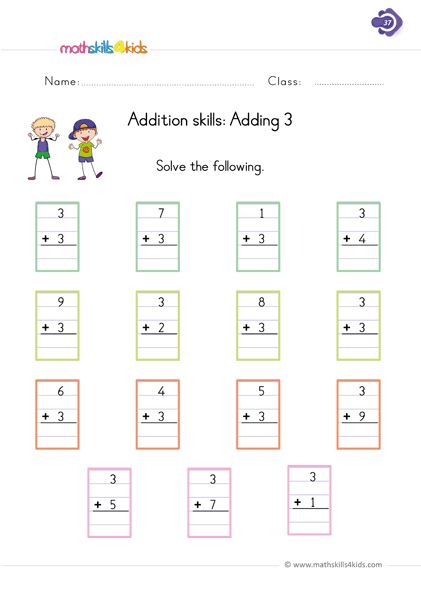
With a little practice, he will learn to visualize numbers and even mentally manipulate them . Since the numbers are organized in decimal coordinates, he can remember them and imagine moving the chips around to find the sums.
He now has a reliable and efficient method that will serve as a stepping stone to help him master the facts of addition +9. With only six such strategies, he can easily master all the facts of addition.
- See also: A Parent's Guide to the Most Helpful Addition Strategies
Step 3. Practice these facts until you master them.
After your child has learned one particular addition strategy for one particular group of facts, he still needs some practice before he can use that strategy fluently.
So, ask your child to focus only on this particular set of facts for a few days. For example, if you taught her strategy +9above, let her practice for a few days with just +9 facts.
Tailor the practice of adding your child's facts to what works best for you and your child. Many kids do well with through a combination of games and worksheets. Games make learning addition facts fun and interactive. In addition, they also give you the opportunity to monitor how well your child is using the strategy (and correct any mistakes before they take root). can freely use facts in their written school work.
Many kids do well with through a combination of games and worksheets. Games make learning addition facts fun and interactive. In addition, they also give you the opportunity to monitor how well your child is using the strategy (and correct any mistakes before they take root). can freely use facts in their written school work.
- See also: Best Practice for Adding Facts for Any Learning Style
Step 4. Mix these facts with other facts.
Once your child has learned one set of facts, it's time to mix them with the facts he has already learned. Mixing them together gives her the opportunity to practice choosing the right strategy and provides a cumulative overview so that the facts are fixed in her long-term memory.
- Related: Extra printable games that make fact learning fun
Let's learn how to add facts that Stick
So that's all 4 steps! Now you have everything you need to teach your child to add facts (and not just teach stacks of cards).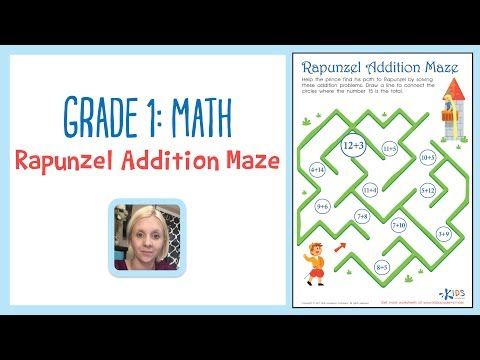
You can spend hours planning lessons, creating your own worksheets and searching for games on the Internet. (And hey, if you enjoy doing these things, go for it!) But if you have other things to do, I've already done all the work for you.
Addion Facts That Stick is an all-in-one open book designed to teach your child the facts of addition. It contains detailed lesson plans, fun games and simple worksheets for every step of the process so you can teach your child to add facts that are really memorable.
Math addition facts: everything you need to know about it
- House
- >
- Blog
- >
- Everything you need to know about additional facts
Jessica Kaminsky
6 minutes of reading
May 25, 2022
Do you want to make math easier for your kids step by step? Indeed, when it comes to numbers, addition is one of the first math skills most learners learn. In its simplest form, we equate addition with counting objects.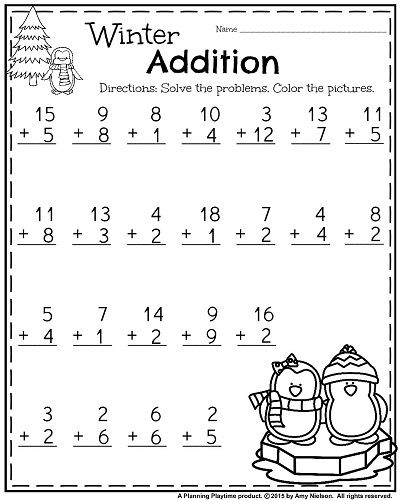 This article will introduce you to the most important ideas about fact summation.
This article will introduce you to the most important ideas about fact summation.
Basic addition
Addition is one of the four basic arithmetic operations, along with subtraction, multiplication, and division. We denote addition with a plus sign (+) and use it to find out the total number of items in a set. For example, adding two integers is the total sum of those combined values.
Addition is not just adding numbers. It is also the basis for numerous mathematical operations, ranging from simple concepts such as "two plus two equals four" to more complex topics such as algebraic expressions.
For example, we can express the sum of two numbers using their symbols as follows:
7 + 9 = 16
In this case, 7 + 9 means that we must add 7 and 9 and get the answer 16. We must put the values 7 and 9 next to each other on the number line, and then count 16 steps from zero.
You can add facts with more than two numbers at the same time.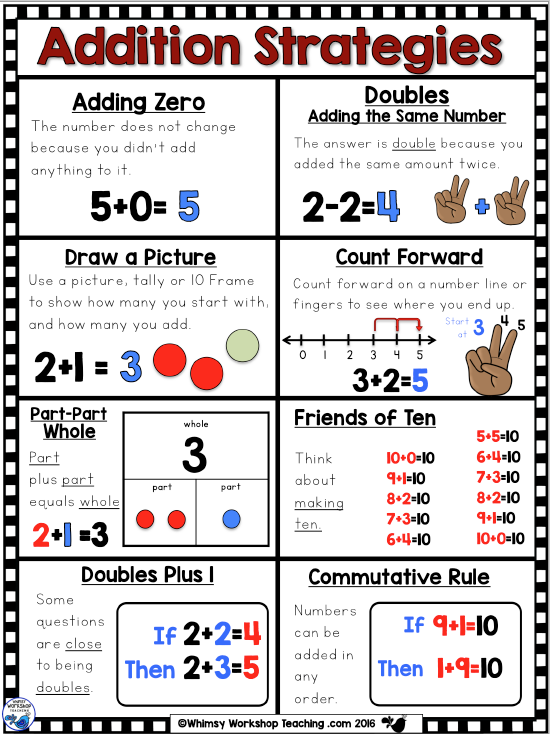 So you can find out how many objects are in a set if all you know is how many are in each group. For example, if you have 2 apples, 4 oranges, and 6 pears, you can determine how many fruits you have by adding 2 + 4 + 6 = 12 fruits.
So you can find out how many objects are in a set if all you know is how many are in each group. For example, if you have 2 apples, 4 oranges, and 6 pears, you can determine how many fruits you have by adding 2 + 4 + 6 = 12 fruits.
What is adding facts to 10?
The addition facts up to 10 apply to all pairs of numbers that you can form using numbers from 0 to 9 that add up to 10 or less.
In addition, addition up to 10 facts are the sums of numbers less than or equal to 10. For example, 3 + 4 = 7 is one of the addition up to 10 facts. It includes two numbers less than or equal to 10. With 3 plus 4, the sum is 7, which is also less than or equal to 10.
Math 1:1
Do you want to raise a genius?
Start learning math with Brighterly Let's start learning math!
Students should memorize math facts about addition up to 10 as quickly as possible. These facts are additional facts that a child remembers and is easy to remember.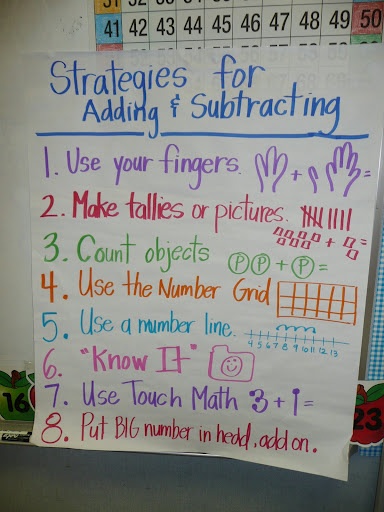
You can practice adding facts up to 10 using flashcards, worksheets or playing a game. The ability to recall basic addition facts quickly and accurately is a fundamental skill necessary for success in mathematics.
The main purpose of learning these facts about addition is to develop fluency in solving mathematical problems. A child who knows the facts of addition can quickly remember that 6 + 4 = 10 without having to count on their fingers or use other strategies. Children can also solve subtraction problems using the same facts, such as 10 - 4 = 6.
The biggest benefit of learning addition facts to 10 is that children always have them on hand. This may be especially important if the child will attend higher-level math courses in the future. If kids know basic math facts, they don't have to waste time looking for solutions in a book or calculator.
The Supplemental Fact Sheet is an excellent visual aid for studying at home or in the classroom.
What are the facts of adding to 20?
Add to 20 facts are facts that use numbers from 0 to 20 that add up to 20 or less.